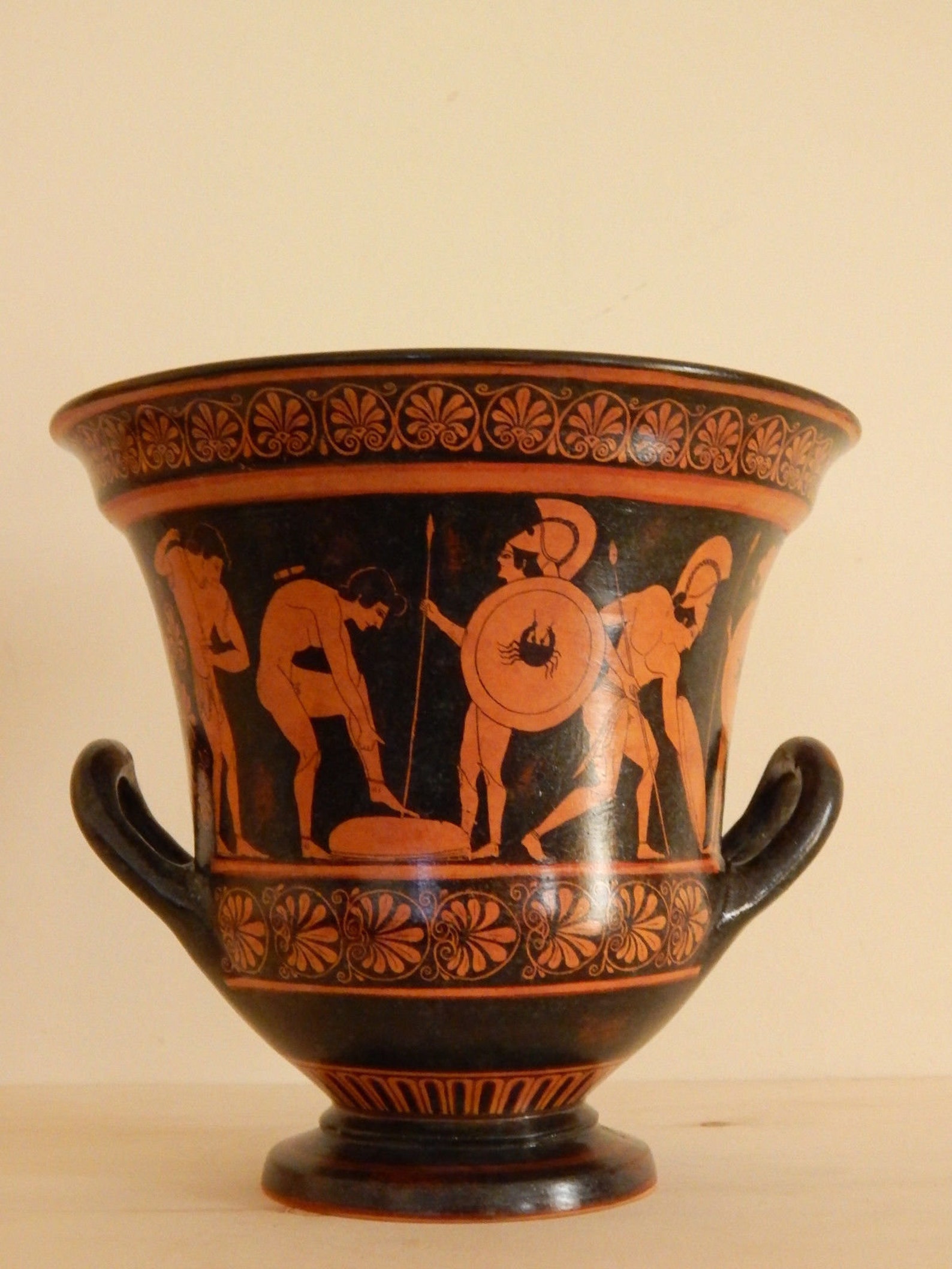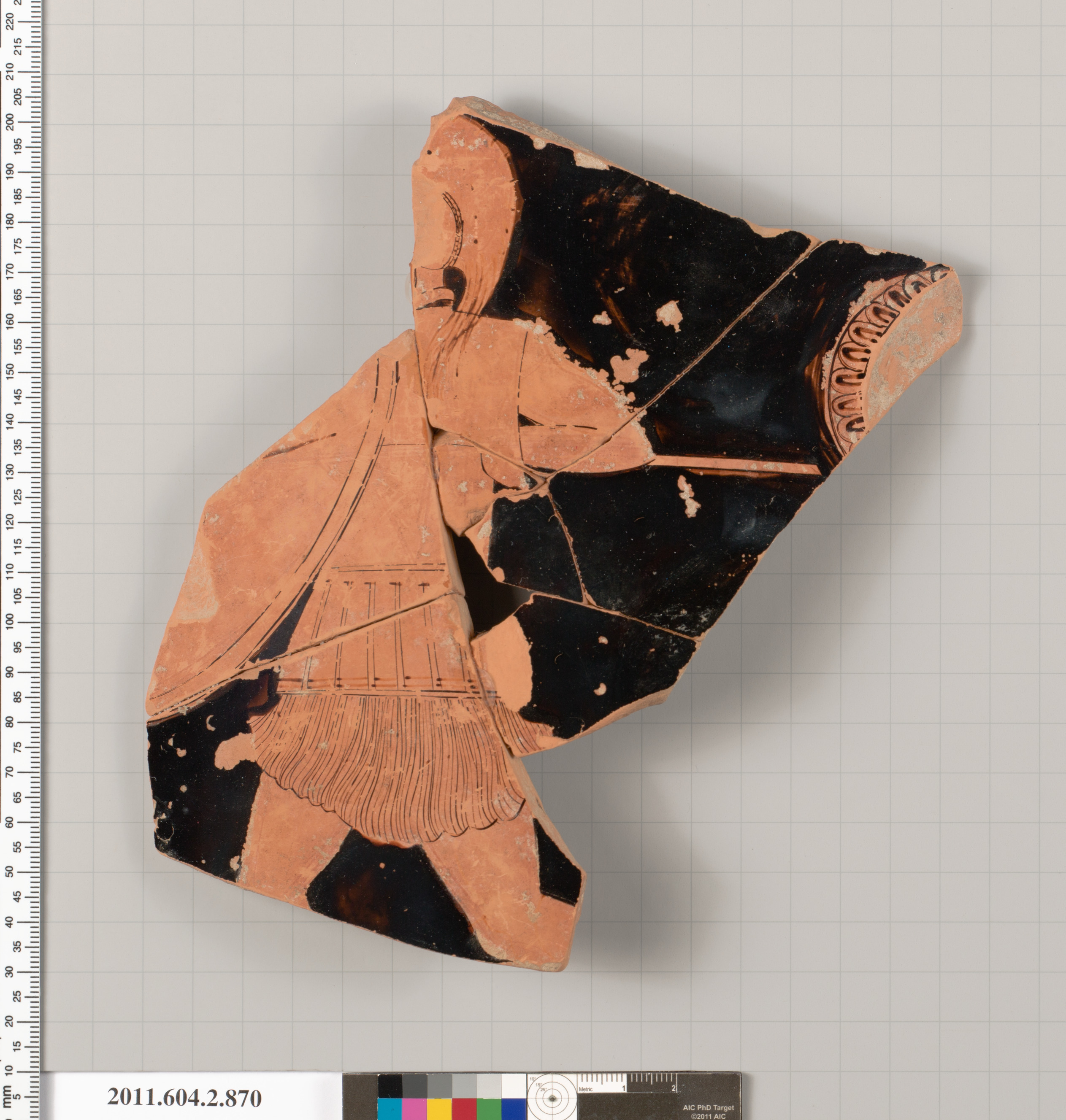

Shows a contemporary scene of Athenian youths from the sixthĬentury BC arming themselves before battle. this side of the vase shows a scene from the Trojan War.

Shown on the obverse this illustration depicts the death of Photo about the famous Euphronios Krater vase, on display at the Archaeological Museum of Cerveteri. The style of the vase is red-figure pottery.The krater isĭecorated with two scenes. Through a combination of interviews and studio reconstructions, recount the gripping stories behind those who have.
Imported from USA (Sizes & Specifications are based on the USA Market). Professional packing - We take extra care in safely packing our fragile items to ensure safe delivery. Our vase is a copy of the famous ancient Greek terra cotta calyx-krater known as «The Euphronios Krater (or Sarpedon krater)» (515 BC), which is exhibited in the Archaeological Museum of Cerveteri in Italy. Spivey also pursues the figural motif of the slain Sarpedon portrayed on the vase and traces how this motif became a standard way of representing the dead and dying in Western art, especially during the Renaissance.įascinating and informative, The Sarpedon Krater is a multifaceted introduction to the enduring influence of Greek art on the world. EOS 350D digital camera with an EFS 18-55mm lens. The krater, a Greek bowl for mixing water and wine, will be sent to Italy as part of an agreement reached nearly two years ago with that country’s government, which has long contended that the. He explains where, how, and why the vase was produced, retrieving what we know about the life and legend of Sarpedon. 00:03 Rolfmueller 1690×1150 (319428 bytes) Photograph of the reverse side of the Euphronios krater in the Metropolitan Museum of Art, New York City, New York, USA taken by Rolf Müller on Februusing a Canon Inc. The Krater it is a rare huge urn for mixing wine with water, 12 gallons worth, dating to around 510 BC, signed by the painter Euphronios. Spivey takes the reader on a dramatic journey, beginning with the krater’s looting from an Etruscan tomb in 1971 and its acquisition by the Metropolitan Museum of Art, New York, followed by a high-profile lawsuit over its status and its eventual return to Italy. 
II. Giudice (eds.), Veder greco a Camarina 2008) 2011 - vol. How this came about is told by Nigel Spivey in a concise, stylish book that braids together the creation and adventures of this extraordinary object with an exploration of its abiding influence. The Euthymides Krater from Morgantina Jenifer Neils Download Free PDF View PDF A Wounded Warrior from Kamarina and Some Notes on the Iconography of Battlefield Doctors (in G. It was decorated some 2,500 years ago by Athenian artist Euphronios, and its subsequent history involves tomb raiding, intrigue, duplicity, litigation, international outrage, and possibly even homicide. Perhaps the most spectacular of all Greek vases, the Sarpedon krater depicts the body of Sarpedon, a hero of the Trojan War, being carried away to his homeland for burial.







 0 kommentar(er)
0 kommentar(er)
